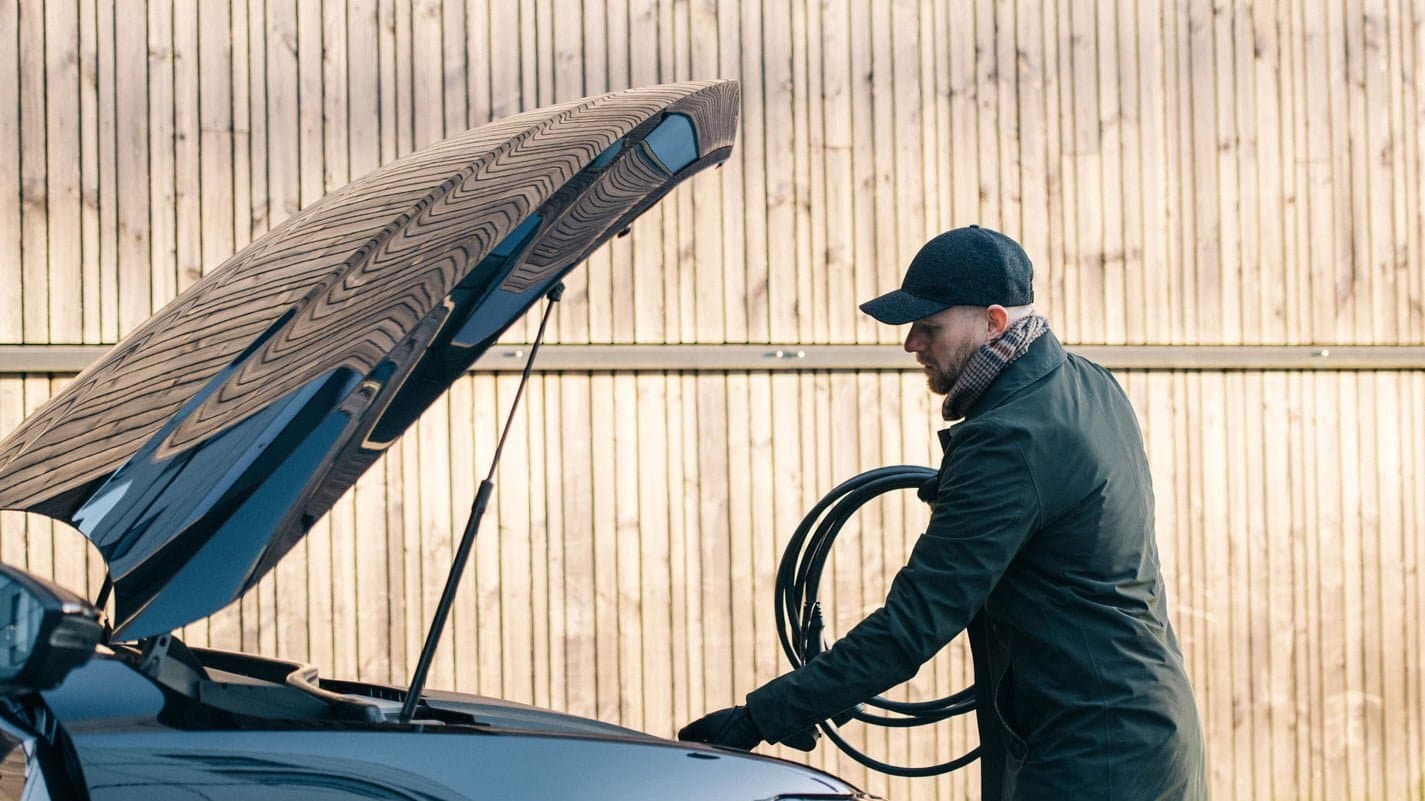How do you choose the right charging cable for your electric car? When choosing a charging cable for an electric car, we’re often presented with lots of details only electricians are familiar with. What is Type 2, and what does phase mean? Here are the answers.

Choosing the Right Charging Cable for Your Electric Car
When selecting a charging cable for your electric car, you’re often presented with technical terms that may feel overwhelming. What does Type 2 mean? And what is a phase? Let’s break it down.
You’ll find a variety of charging cables for your car. The most common options include:
- 7.5-metre charging cable – Type 2 – 32A – 1 Phase
- 7.5-metre charging cable – Type 2 – 32A – 3 Phase
- 7.5-metre charging cable – Type 1 – 32A – 1 Phase
How Do You Choose the Right Charging Cable?
The answer is often on your car’s charging socket. In this guide, we’ll explain what “phase,” “type,” and “32A” mean, helping you make the right choice. Read on for the details or skip to the section you’re interested in. This article takes about 3 minutes to read.
What Is the Standard Length of a Charging Cable?
Charging cables typically range from 4 metres to 7.5 metres. The 7.5-metre cable works well in most cases, whether your car’s socket is located at the front, back, or side, and regardless of how you prefer to park.
What Do Type 1 and Type 2 Mean?
Type 1 and Type 2 refer to different types of connectors:
- Type 1 connectors are less common and often found in older electric cars, like the 2015 Nissan Leaf.
- Type 2 connectors are the standard in Europe and are required for all new electric vehicles.
To determine the type your car needs, check your car’s charging port. If your car has a Type 1 connector, you’ll need a cable with Type 1 on one end and Type 2 on the other.
What Does 32A Indicate?
The term 32A refers to the amperage of the fuse, determining how much power can be delivered before the fuse trips. Think of it as your car’s horsepower:
- A 32A cable charges faster and supports higher power output.
- Even if your fusebox is rated for 25A, a 32A cable ensures no limitations in charging capability.
Keep in mind, 32A cables are slightly heavier and thicker than lower amperage cables but deliver better performance.
What Are 1-Phase and 3-Phase?
The power grid operates in three phases, like a three-lane motorway.
- 1-Phase charging uses one lane, resulting in slower charging speeds.
- 3-Phase charging utilizes all three lanes, significantly reducing charging time.
A 3-phase cable supports up to 22 kW, compared to 7.2 kW for 1-phase charging. Check if your car supports 3-phase charging to maximize efficiency.
Do You Need More Than One Charging Cable?
Not necessarily, but having two cables can be practical:
- Keep one cable in your car for on-the-go charging.
- Reserve another cable for home use to reduce wear and tear on a single cable.
Is There a Quality Difference Between Charging Cables?
Yes, quality matters. High-quality cables are durable and withstand frequent use. They are made from robust materials designed for longevity.
In contrast, low-quality cables are prone to faults, wear, and damage due to inferior materials.
Why Are EV Charger Sockets Different from Everyday Plug Sockets?
EV charging involves transferring large amounts of electricity over extended periods. To prevent overheating:
- EV charger sockets have larger contact surfaces to handle the load efficiently.
- Standard household sockets, with smaller contact surfaces, may generate heat and aren’t suitable for prolonged EV charging.